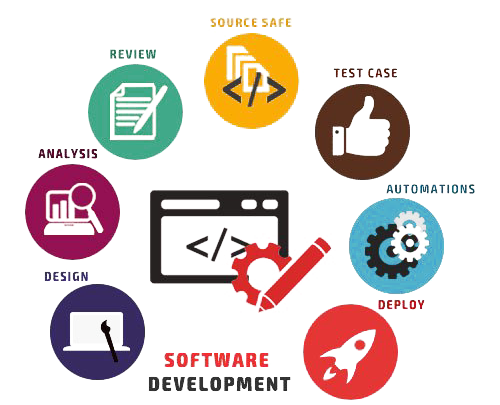Finding an idea that can reshape or offer something unique to the world is the most difficult thing to do. Startups, having succeeded in the first part, face a lot of challenges before making it large. In a world of rapid digitization, it is imperative to build a web or app presence. But choosing a technology stack for development is where startups come to a fix. Technology stack, if you don’t already know, is the list of all technologies, programming languages, frameworks a company uses to build its web or mobile-based applications. With 10s of technologies and frameworks available, startups, especially with non-technical backgrounds, find it difficult to pick the right ones. Lack of knowledge and resources can lead to startups making mistakes that can cost them the business.
We’ve created this blog, to help you avoid mistakes that can lead to technical roadblocks in the future. With this blog, we’ll provide information on the top mistakes startups make while choosing a technology stack and how you can avoid them.
Let’s get started.
Picking technologies that are cheap in terms of cost
The first mistake that startups normally make when choosing a technology stack is going for ‘cheaper options’. We agree that budget checks are very essential in the initial phases but compromising with technology wouldn’t be the right thing to do. Choosing technologies that are cheaper to start might seem to be the correct option but it can drain you in the longer run.
The ideology of starting cheap and spending more later leads to startups picking poor and old technologies. While older technologies help them address the budget, they cause a lot of problems when scaling. Everyone is looking forward to staying in line with new tech and with time, older techs lose community support.
Cheaper technologies may not be able to provide the kind of output you desire and result in poor customer interaction. Your web or mobile application might not perform smoothly which can lead to a huge bounce rate.
How to overcome this?
To avoid this, do proper research before blindly searching for cheaper technologies or better go for startup consulting. With expert guidance, you’ll not only be able to find technologies that cost less but also boost performance.
Choosing a technology stack based on recommendations by the inner circle
We all have been guilty of doing something based on recommendations from our friends, family, or colleagues. However, choosing a technology stack based on word of mouth can turn out to be disastrous. Startups, having limited resources ask for tech suggestions from their developers, friends from similar domains, or colleagues when building digital applications. While all of those people do think the best for you, the recommendations might not turn out to be the same.
A developer, for example, will suggest technologies that he has more knowledge of or has previously worked on. He might not know or be able to comment on other options that might be more suitable for your product.
It’s important to understand the needs of your product in particular, how a certain tech can ease development, or offer a solution to your development needs. For example, if you want to build an app for multiple OS, techs like to React and Angular will be more helpful rather than individual techs like Kotlin.
The crux is that you should choose a technology stack based on your business requirements. Rather than taking recommendations from a friend, it is better to go for startup consulting. Companies who offer the service of tech startup consulting will recommend the technology stack that’s most suitable for your business and will also tell you the reasons for choosing it.
Thinking short term when choosing a technology stack
Setting short term goals does help in achieving milestones faster, but sadly that’s not the case when choosing technologies. Many startups tend to go with a short term solution with plans of expanding the tech post-growth. While it costs less and is budget-friendly, it reduces the overall quality of presentation and even brand image. Choosing a stack for a short term also means that you will have to build a new stack altogether when expanding.
When scaling or expanding you will have to start the whole process of choosing techs which will consume a lot of time. Even your developers will have to adapt to the new technology stack and you might need to hire new talent to make the paradigm shift. All this expansion means you will be spending more capital than you saved when you opted for the short term.
If you opt for long term and solutions, you won’t have to worry much about expansion later. Choosing a scalable technology stack can help you build out your apps easily, and will save cost.
Conclusion
If you do extensive research and go for a consultation, you will be able to avoid these and many other mistakes. A good technology stack can do wonders for your business while poor choices can lead to the permanent closure of a shop. We at Essence offer startup consulting, to help you in choosing a technology stack and make the right technical decisions. With a team of startup experts and enthusiasts, we’ll lay down the right technical path for you. With probing and in-depth knowledge received from you about the startup, we’ll put forth a fail-proof technical plan.
To know more about our startup consulting service, contact us now!










